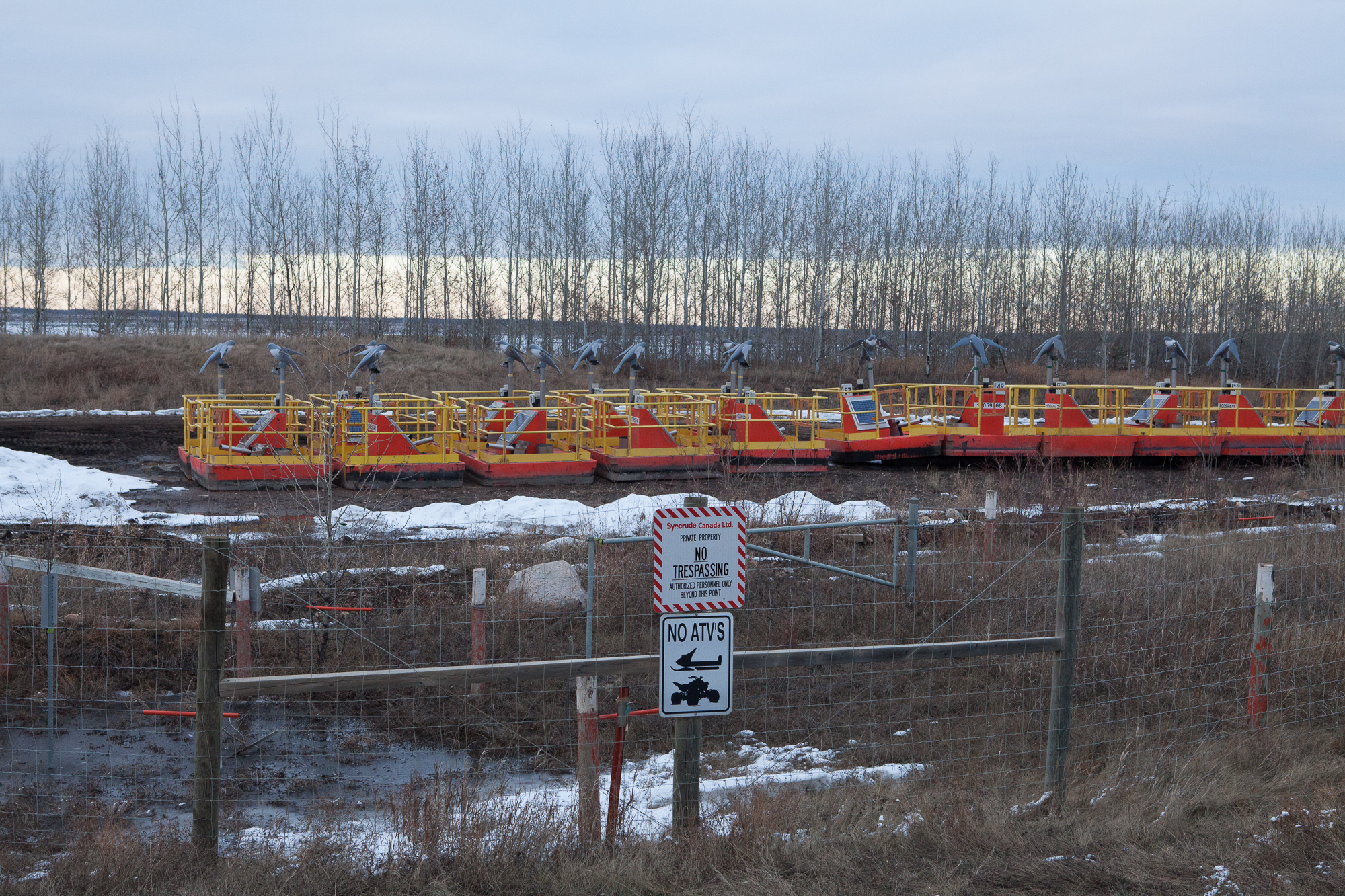Steve Rowell
Midstream at Twilight
2016
An experimental documentary film about dark ecology and the necessary death of an industry.
Midstream: The midstream sector of the petroleum industry, involving the transportation (by pipeline, rail, barge, oil tanker or truck), storage, and wholesale marketing of crude or refined petroleum products.
Twilight: A period or state of obscurity, ambiguity, or gradual decline.

Through the aerial perspective of a drone, this film traces the liminal infrastructure of oil pipelines between its source in the tar sands of Canada's boreal forest to a landscape of refineries in the US Midwest. This disembodied vantage point empowers the viewer with a sense of activism and counter-surveillance - high above the vast prairies and across the rivers of North Dakota, Minnesota, Wisconsin, and Illinois. This landscape scanning is punctuated by ground-level sequences of the refinery where a toxic byproduct, petroleum coke, or petcoke as it is known in the industry, is sent by rail, barge, and truck across America to export abroad. After hovering above the corporate headquarters of Koch Industries, Inc., the largest dealer of petcoke in the US, the film concludes along the Pacific coast, at the port of Long Beach / Los Angeles, where petcoke is loaded onto tanker ships to be sent to markets in China where it is burned in power plants and converted into toxic plumes of carbon dioxide and sulfur dioxide. Following the northern jet stream, these pollutants return to North America into the airspace above California and the Pacific Northwest. The feedback loop of climate change continues to spin out of control.
When viewed, Midstream at Twilight functions as a form of contextual direct action and as such, invokes a corporate death curse against a fossil fuel industry in decline.
Premiered in August 2016 at the Museum of Contemporary Photography, Chicago.
Read more about this landscape in my Oct 2019 photo essay at Edge Effects.
Trailer:
Drone aerial footage combined with ground static and moving photography.
Single channel color video with 4.1 channel audio
20 minutes
HD 1080p
Sampled & incidental music:
Henry Purcell, Drum Processional, Music for the Funeral of Queen Mary, 1695
performed by Benedict Hoffnung/Stephen Cleobury/King's College Choir, Cambridge, UK
Wendy Carlos and Rachel Elkind, Title Music from A Clockwork Orange, 1972
based on Henry Purcell, Music for the Funeral of Queen Mary, 1695
Made possible by a grant from the Museum of Contemporary Photography and the Natural Resources Defense Council.








